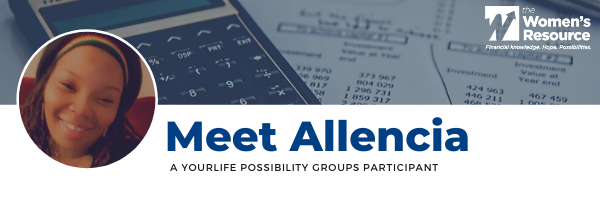What you Need to Know for Retirement
By Claudia Mollerup-Madsen
Are you planning for your retirement? It is never too early or too late but starting as soon as possible gives you the gift of time and more control over what kind of lifestyle you will have during your retirement years. Consider this: less than half of Americans have calculated how much money they will need to have in retirement. Additionally, the average person will spend a whopping 20 years in retirement. This data means you need to be proactive in your retirement planning.
Know Your Retirement Needs
Experts project that the average American will need 70 – 90 percent of their pre-retirement income to continue to live in their current standard of living. If you have not already thought about what your retirement days will look like, now is the time. How much is needed in savings is different for each person. Some questions to ask yourself include what exactly do you want to accomplish in retirement, and what kind of lifestyle will you need to maintain to live your retirement dreams?
Start Saving
Saving for your retirement should be a priority. By beginning to save as soon as possible, you benefit from the power of compound interest. Each year’s investment gains build on the next year’s gains. Ideally, you should begin saving for retirement in your early twenties at the beginning of your career. Saving early can reap big rewards later. However, if you are further along in your career and have not been saving, start now.
Max Out Your Contributions
Many employers offer 401(k) plans, allowing employees to save for retirement before taxes are taken out of their paycheck. If your company offers a 401(k) plan, ensure you are enrolled and contributing. In 2019, the IRS allows you to contribute up to $19,000, and for those 50 and over, you may contribute $25,000. While 401(k)s have many benefits, there are some restrictions. For example, the plan may require you to leave the money in for a minimum amount of time before you are entitled to your employer’s matching contributions. To ensure you understand your employer’s plan, consult the plan administrator.
In addition to 401(k)s, IRAs are another smart way to save for retirement. These accounts are controlled by you, not your employer. You can choose either a Roth IRA or a Traditional IRA. The difference between the two varies on issues such as age restrictions, income limits, and tax breaks. For an IRA in 2019, you may contribute $6,000 per person, or $7,000 for those 50 and over. Similar to 401(k)s, IRAs can be set up by automatic deduction if you so choose.
Plan for Unexpected Costs
As you plan for retirement, you will probably consider costs such as housing, utilities, travel, and home maintenance. Do not forget other items that might eat away at your savings, such as inflation and taxes. . Keep in mind rising health care costs, as well as insurance premiums and the cost of long-term care.
With careful planning, retirement can be a wonderful time to celebrate life and enjoy your family and hobbies. Take the time now to plan accordingly.
Claudia Mollerup-Madsen is Vice President and Financial Advisor with the Wealth Management Division of Morgan Stanley in Houston.



